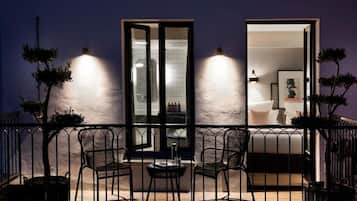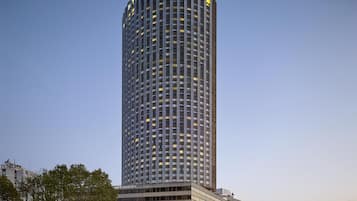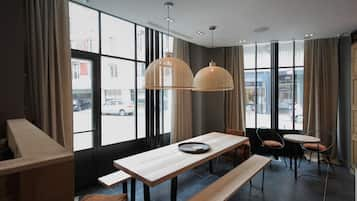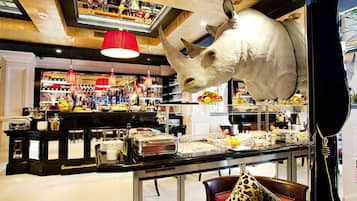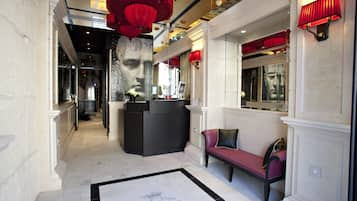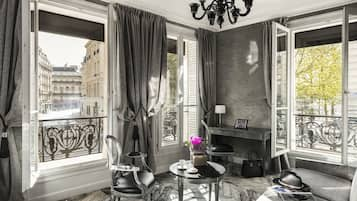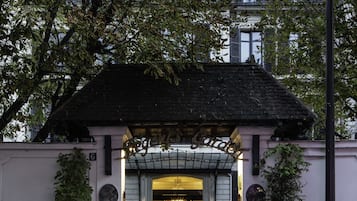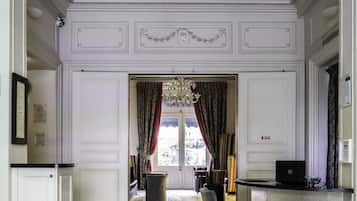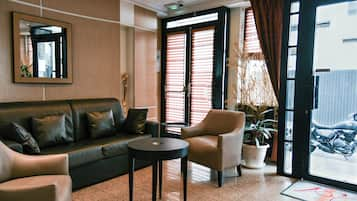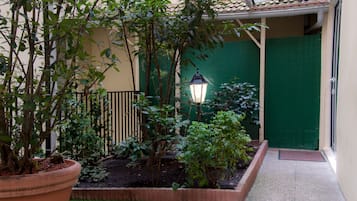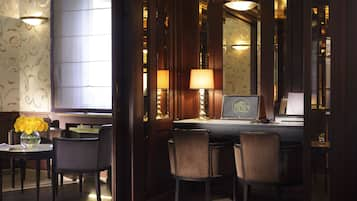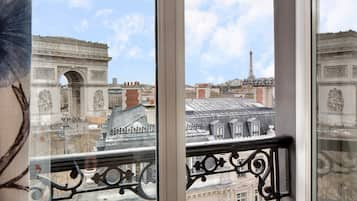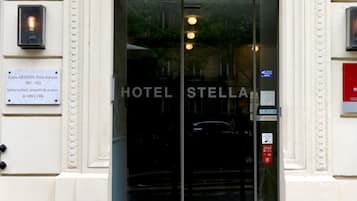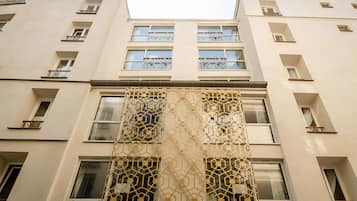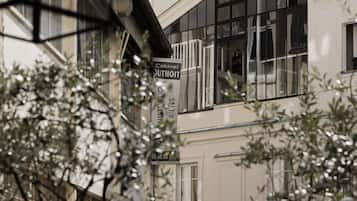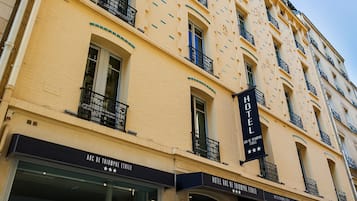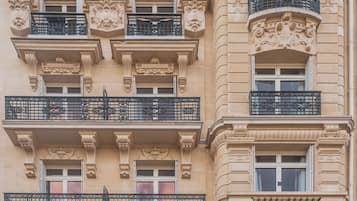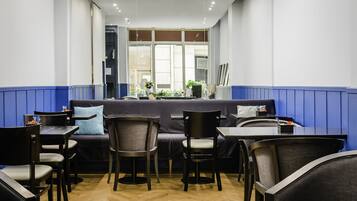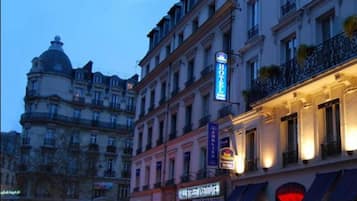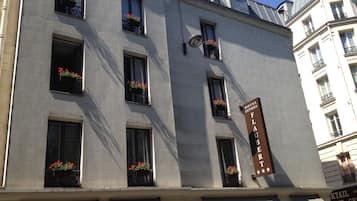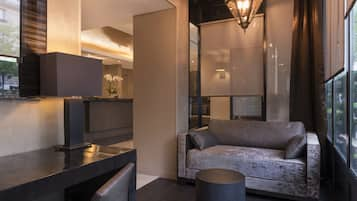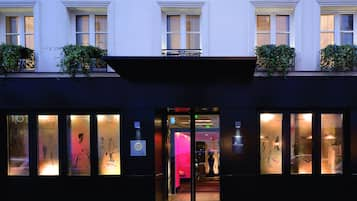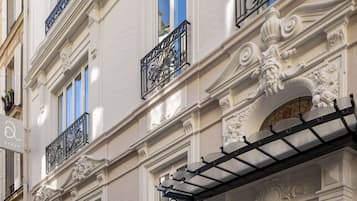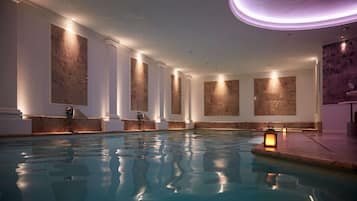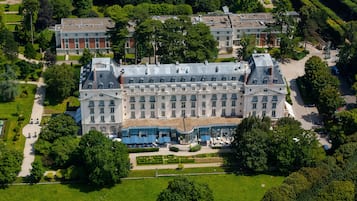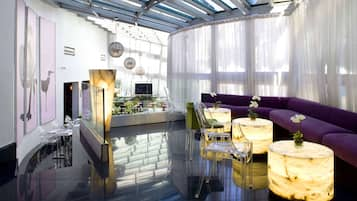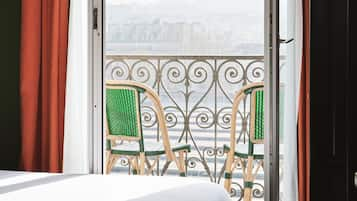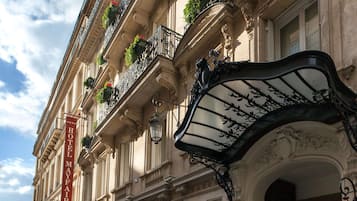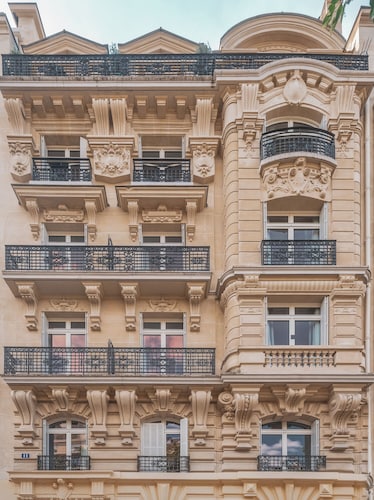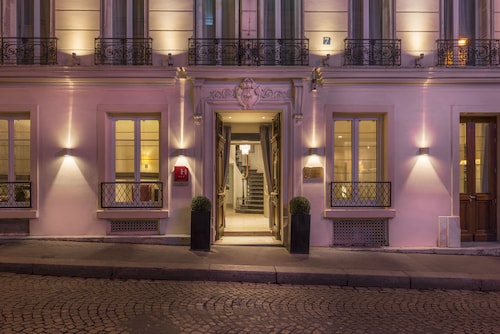What's 17th Arrondissement Like?
There's a lot visitors like about 17th Arrondissement, especially its restaurants. Make sure to enjoy this walkable neighborhood's great cafes and shops. Learn about local heritage at top landmarks like Arc de Triomphe. There's plenty more to see, including Place de Clichy and Rue du Faubourg Saint-Honore.
How to Get to 17th Arrondissement
Flying to:
- Paris Orly Airport (ORY), 11 mi (17.6 km) from 17th Arrondissement
- Paris Charles de Gaulle Airport (CDG), 14 mi (22.5 km) from 17th Arrondissement
Traveling to 17th Arrondissement by Train
You'll find the following train stations in the neighborhood:
- Paris Pont-Cardinet Station
- Paris Porte de Clichy Station
Getting to 17th Arrondissement on Metro
Stations in the neighborhood include:
- Rome Metro Station
- La Fourche Station
- Brochant Station
Things to See and Do in and around 17th Arrondissement
What to See in 17th Arrondissement
- Arc de Triomphe
- Place de Clichy
- Rue du Faubourg Saint-Honore
- Place Charles de Gaulle
- Palais des Congrès de Paris
Things to Do in 17th Arrondissement
- Theatre Hebertot/Petit Hebertot
- Théâtre du Celebrity Centre
- Musée National Jean-Jacques Henner
![The Arc de Triomphe de l'Étoile (Triumphal Arch of the Star) is one of the most famous monuments in Paris. It stands in the centre of the Place Charles de Gaulle (originally named Place de l'Étoile), at the western end of the Champs-Élysées. It should not be confused with a smaller arch, the Arc de Triomphe du Carrousel, which stands west of the Louvre. The Arc de Triomphe honours those who fought and died for France in the French Revolutionary and the Napoleonic Wars, with the names of all French victories and generals inscribed on its inner and outer surfaces. Beneath its vault lies the Tomb of the Unknown Soldier from World War I. The Arc de Triomphe is the linchpin of the Axe historique (historic axis) – a sequence of monuments and grand thoroughfares on a route which runs from the courtyard of the Louvre to the Grande Arche de la Défense. The monument was designed by Jean Chalgrin in 1806 and its iconographic program pits heroically nude French youths against bearded Germanic warriors in chain mail. It set the tone for public monuments with triumphant patriotic messages. The monument stands 50 metres in height, 45 m wide and 22 m deep. Its design was inspired by the Roman Arch of Titus. The Arc de Triomphe is built on such a large scale that, three weeks after the Paris victory parade in 1919 (marking the end of hostilities in World War I), Charles Godefroy flew his Nieuport biplane through it, with the event captured on newsreel. It was the tallest triumphal arch in existence until the completion of the Monumento a la Revolución in Mexico City in 1938, which is 67 metres high. The Arch of Triumph in Pyongyang, completed in 1982, is modelled on the Arc de Triomphe and is slightly taller at 60 m [Wikipedia.org]](https://images.trvl-media.com/place/6187899/ce730aaa-6e04-4cb2-ae2d-4e846d97c027.jpg?impolicy=resizecrop&rw=1920&ra=fit&ch=480)


